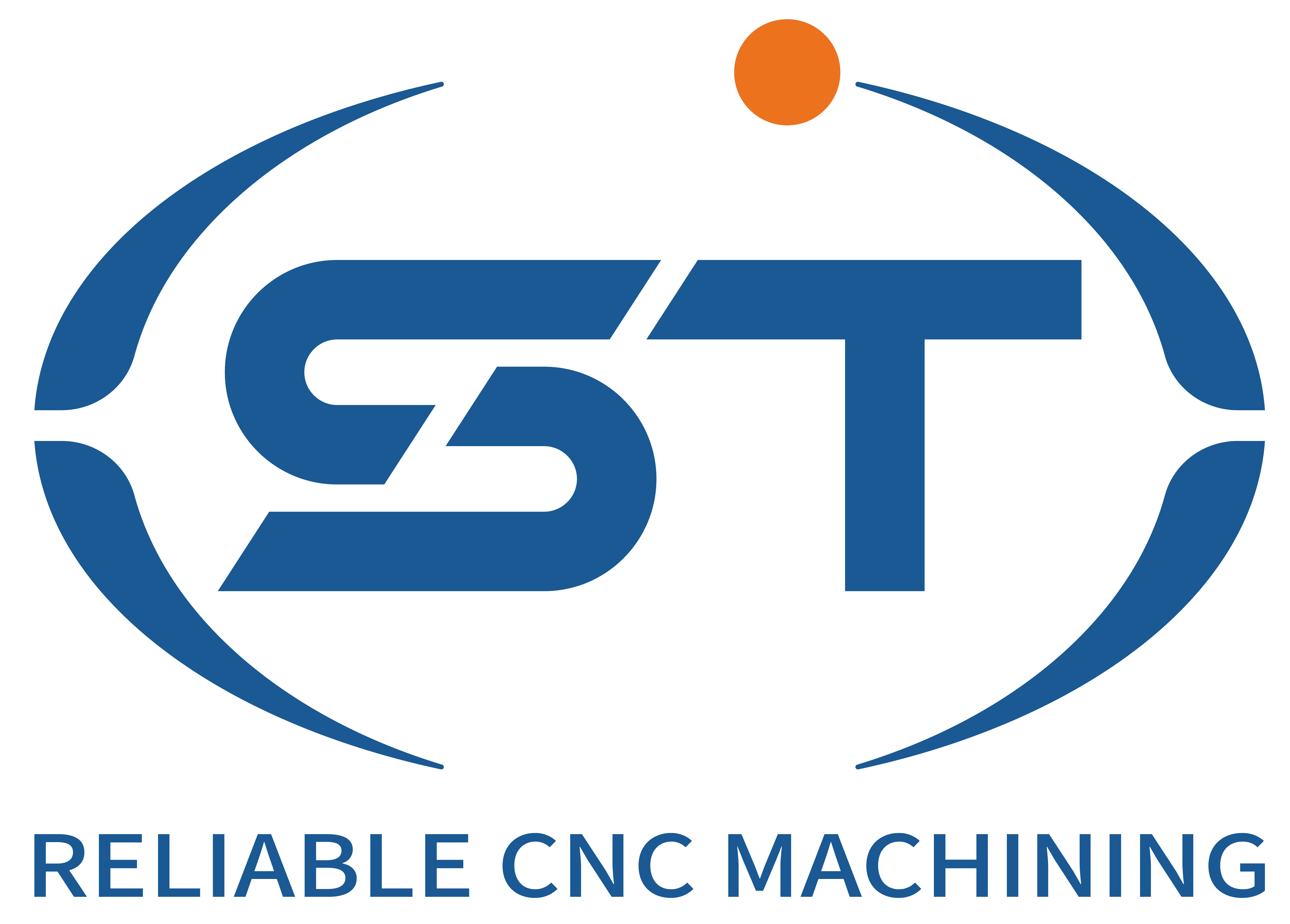Table of Contents
ToggleIntroduction: The Importance of Staying Ahead in CNC Machining
The field of Akkordeon #1 is witnessing an extraordinary rate of technological advancement that profoundly affects manufacturing processes and business strategies. Businesses engaged in CNC machining must recognize the significance of staying abreast of these developments to maintain a competitive edge in the industry. As we approach 2025, understanding the upcoming trends in CNC technology becomes vital for manufacturers seeking to achieve operational efficiency and enhance their production capabilities.
CNC machining encompasses a range of automated processes that utilize computer-controlled machinery for the precise fabrication of components. This increasing complexity and sophistication necessitate that organizations continually adapt their practices and tools. Companies that fail to stay updated with contemporary advancements risk falling behind competitors who embrace innovative technologies. As new methods and materials are introduced to the market, those that invest in learning and implementing cutting-edge solutions can greatly enhance their productivity and cost-effectiveness.
In the realm of CNC machining, the integration of advanced technologies such as artificial intelligence, the Internet of Things (IoT), and automation is becoming increasingly prevalent. These innovations foster more efficient production workflows, reduce error rates, and improve overall output quality. In this fast-paced environment, flexibility and agility are paramount. Businesses must be ready to invest in upgrading their equipment and training their workforce to leverage these technological shifts fully.
As we delve into the critical trends anticipated for 2025, it is essential to recognize how these changes will affect operational strategies. Organizations that actively engage with these developments are better positioned to enhance their processes, improve customer satisfaction, and drive growth. Therefore, recognizing the importance of technological evolution in CNC machining can significantly inform business decision-making, ensuring sustained relevance in the marketplace.
AI-Powered Toolpath Optimization: Achieving Cycle-Time Savings
Artificial intelligence (AI) is poised to revolutionize the field of CNC machining through significant advancements in toolpath optimization. By leveraging algorithms and machine learning, AI systems can analyze complex design parameters, material properties, and machining constraints to generate the most efficient toolpaths. This optimization process not only improves tool utilization but can also lead to a remarkable reduction in cycle times, with studies indicating potential savings of up to 20%. The implications of these advancements are profound, as they foster enhanced productivity in manufacturing environments.
The integration of AI in toolpath planning allows for real-time adjustments based on various variables, including tool wear, machine capabilities, and material variations. For instance, if the system detects that a tool is experiencing excessive wear, it can automatically alter the toolpath to minimize further wear while maintaining the desired production quality. This dynamic capability ensures that production schedules are adhered to, which significantly impacts turnaround times and operational efficiency.
Furthermore, the application of AI in CNC machining does not solely benefit production speed; it also plays a critical role in reducing operational costs. By optimizing tool paths, manufacturers can reduce the overall power consumption and wear, lowering the costs associated with tool replacement and energy usage. This not only results in tangible cost savings but also contributes to sustainability initiatives within the industry.
As manufacturers begin to embrace AI-powered solutions, they must consider the implications not just for productivity but also for workforce training and skill development. Understanding the interplay between traditional machining skills and emerging AI technologies will be essential for adapting to the future of CNC machining. Overall, the transition to AI-driven toolpath optimization represents a significant leap forward in achieving efficiency and precision in CNC manufacturing.
The Rise of Multi-axis and 5-axis Machining: Simplifying Complexity
The landscape of CNC machining is experiencing a transformative shift, with an increasing adoption of multi-axis and 5-axis machining technologies. These advanced methods empower manufacturers to produce intricate components that traditional machining techniques may struggle to replicate. By using multiple axes of motion, manufacturers are able to rotate and move the workpiece in ways that facilitate more complex geometries and designs.
One of the primary advantages of multi-axis machining is the significant reduction in the number of setups required during the manufacturing process. Where conventional machining typically necessitates multiple setups to access different features of a part, multi-axis systems streamline this by allowing multiple surfaces to be machined in one continuous operation. This not only minimizes the potential for error but also enhances overall efficiency, saving valuable production time.
Moreover, 5-axis machining offers unparalleled precision, allowing for the creation of parts that boast high accuracy and a remarkable surface finish. This capability allows engineers and designers greater flexibility in their designs without the constraints often imposed by traditional machining techniques. Industries such as aerospace, automotive, and medical device manufacturing are early adopters of these sophisticated technologies, leveraging their benefits to refine production methods and improve end-product quality.
The growing popularity of multi-axis and 5-axis machining is evident as companies seek to meet the demands of an increasingly competitive market. Manufacturers are investing in state-of-the-art machinery and training personnel to utilize these advanced systems in hopes of revolutionizing their production lines. The convergence of speed, efficiency, and design flexibility that these technologies provide are setting the stage for a new era in CNC machining, highlighting their crucial role in the future of manufacturing.
The Internet of Things (IoT) in CNC Machining: Enhancing Connectivity and Efficiency
The integration of the Internet of Things (IoT) into the CNC machining sector is poised to revolutionize the industry, providing significant enhancements in connectivity and operational efficiency. By connecting machines to the internet, manufacturers gain unprecedented access to real-time data collection and analysis. This access facilitates predictive maintenance practices, allowing operators to anticipate and address potential issues before they result in costly downtimes. The application of IoT in CNC machining not only minimizes disruptions but also optimizes production schedules, effectively enhancing overall workflow.
With IoT-enabled machines, data is readily available for analysis, providing insights into machine performance and operational efficiency. Sensors embedded in the machinery collect vital metrics such as temperature, vibration, and operational speed. This data can be monitored remotely, allowing for informed decision-making and timely interventions. Consequently, manufacturers can achieve a more streamlined operation, reducing the incidence of unexpected failures and improving the longevity of equipment through enhanced maintenance strategies.
Furthermore, the IoT enhances the communication between different machines on the factory floor. Through interconnected devices, CNC machines can share information regarding production processes, thereby synchronizing operations across different stages of manufacturing. For instance, if one machine reaches a certain threshold of wear, the IoT system can automatically alert maintenance teams or adjust workflows to ensure continuity in production. Looking ahead, the possibilities for IoT applications in CNC machining are vast. As technology evolves, we can expect even more sophisticated integrations, including artificial intelligence and machine learning, to further refine processes and drive efficiency. Ultimately, the growing role of IoT in CNC machining signifies a shift towards smarter manufacturing practices, paving the way for a more interconnected and efficient future.




